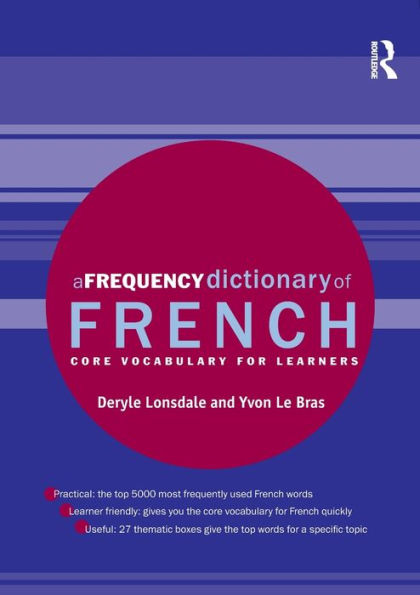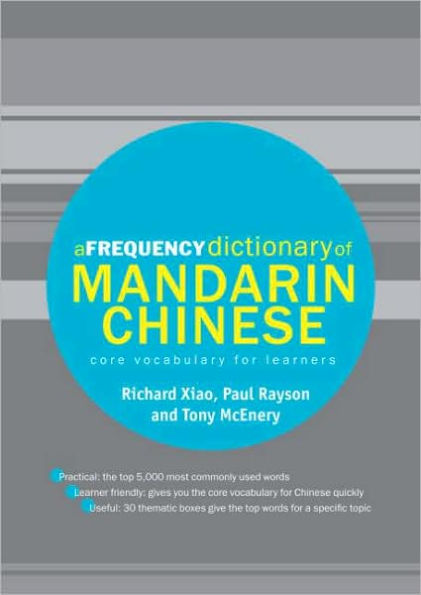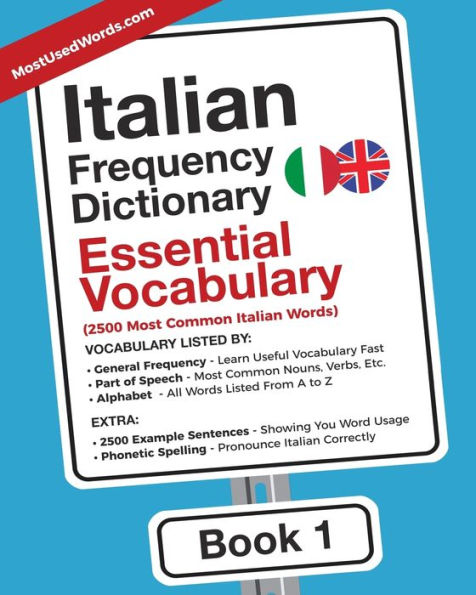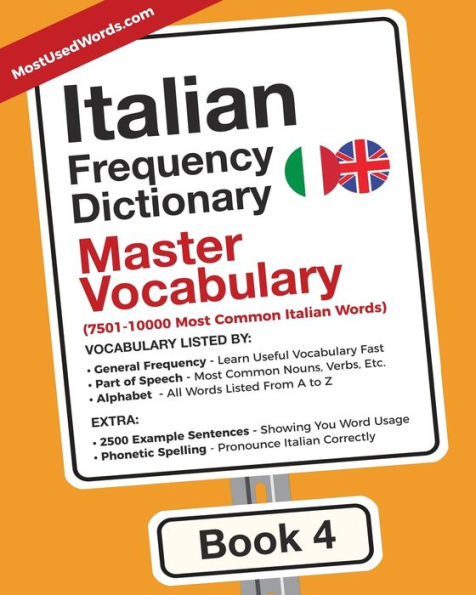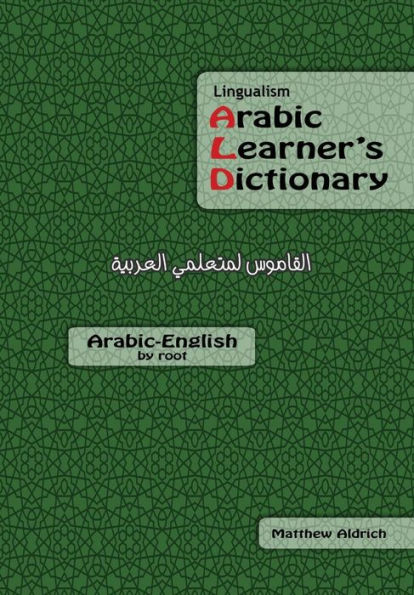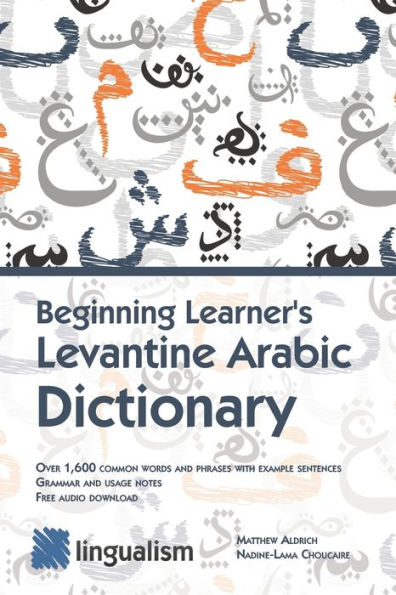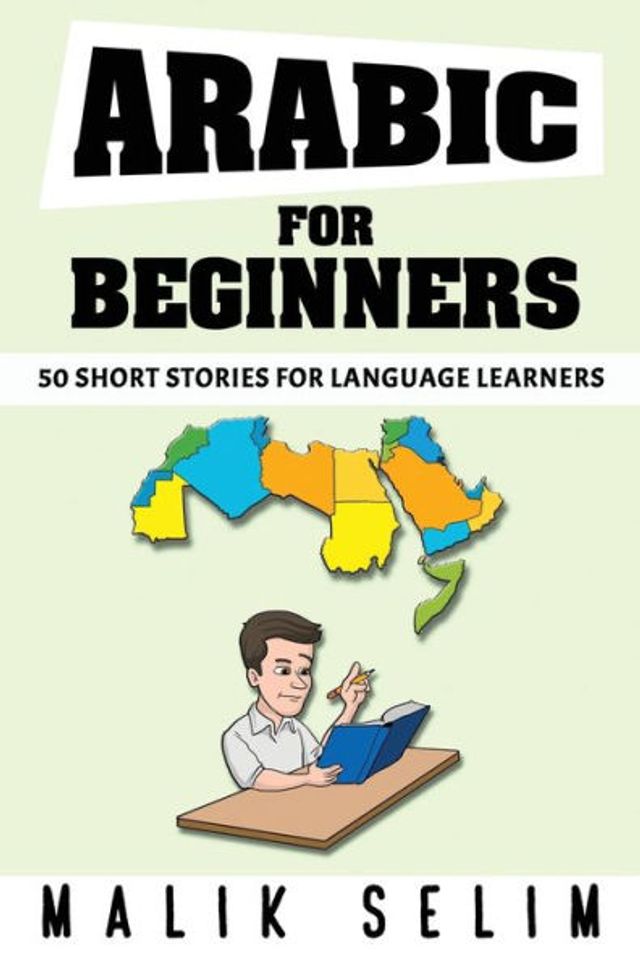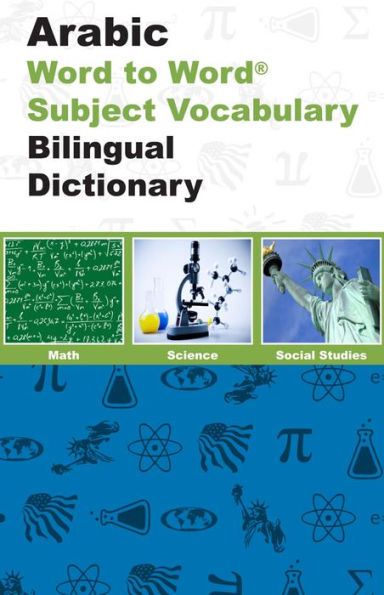Home
A Frequency Dictionary of Contemporary Arabic Fiction: Core Vocabulary for Learners and Material Developers
Barnes and Noble
A Frequency Dictionary of Contemporary Arabic Fiction: Core Vocabulary for Learners and Material Developers
Current price: $180.00
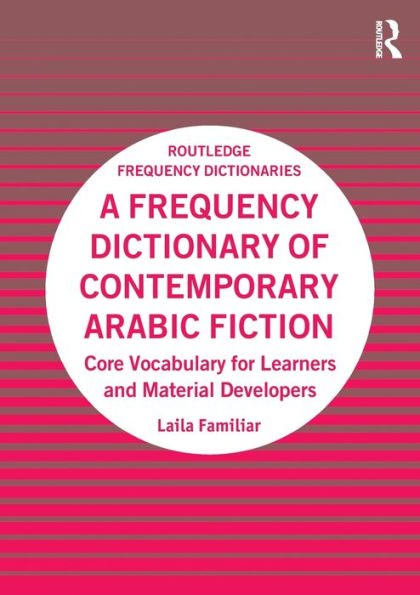

Barnes and Noble
A Frequency Dictionary of Contemporary Arabic Fiction: Core Vocabulary for Learners and Material Developers
Current price: $180.00
Size: Hardcover
Loading Inventory...
*Product information may vary - to confirm product availability, pricing, shipping and return information please contact Barnes and Noble
A Frequency Dictionary of Contemporary Arabic Fiction
provides a list of the top 2,000 words occurring in contemporary Arabic fiction.
Based on a written corpus that contains 144 literary samples, the dictionary addresses key areas of Arabic language learning and teaching, including lexical frequency, reading skills, and Arabic literature. Each entry in the main frequency index includes a sample sentence, English translation, and frequency indicator, and alphabetical and part-of-speech indexes are provided for ease of use. The dictionary also contains 19 thematically organized and frequency-ranked lists of words on a variety of topics, such as food, places, emotions, and nature.
Engaging and highly useful, this
Frequency Dictionary
is a valuable resource for students and instructors working in the area of TAFL, and for applied linguists interested in Arabic corpus linguistics.
provides a list of the top 2,000 words occurring in contemporary Arabic fiction.
Based on a written corpus that contains 144 literary samples, the dictionary addresses key areas of Arabic language learning and teaching, including lexical frequency, reading skills, and Arabic literature. Each entry in the main frequency index includes a sample sentence, English translation, and frequency indicator, and alphabetical and part-of-speech indexes are provided for ease of use. The dictionary also contains 19 thematically organized and frequency-ranked lists of words on a variety of topics, such as food, places, emotions, and nature.
Engaging and highly useful, this
Frequency Dictionary
is a valuable resource for students and instructors working in the area of TAFL, and for applied linguists interested in Arabic corpus linguistics.
